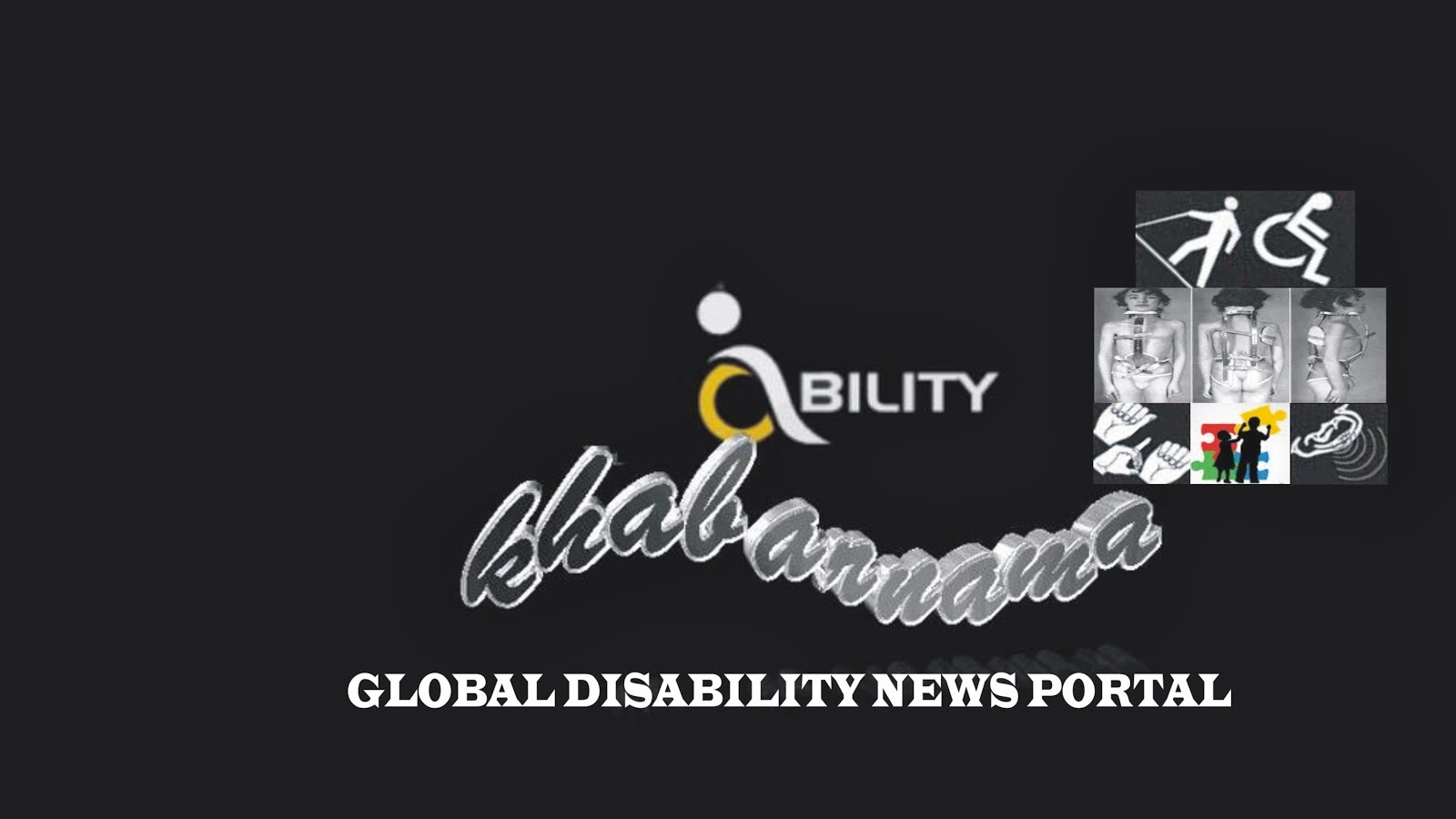Rahul Gorad, 21, touches the old-styled wooden door and a chair next
to it in the right corner of a room. He takes five steps back and feels
the warmth of the sun rays filtering through the glass window. Then he
takes out his camera, and confidently aims at his subject, presses the
trigger and captures the image. Nothing unusual about this? What is
extraordinary is that Gorad is a blind photographer.
For many, it is surprising and intriguing to see a blind man flawlessly
handle a camera and capture a beautiful image, trashing perceptions that
only those with sight can be part of the world of photography.
Unknown to many, Gorad is among the growing number of visually impaired
in India who are fascinated by a camera and the magic it can create and
capture.
The concept of blind photography is known worldwide, but in India it was introduced by Mumbai-based Partho Bhowmick, who, under his 'Blind With Camera' project, has so far trained 500 blind people.
"It is also known as sensory photography where one does not use the
sight but other senses to take a picture," Bhowmick told IANS over
phone.
"These people can create a mental description of everything they are familiar with. Recognising different sounds and capturing them, feeling the warmth of the sun or source of light and photographing accordingly. They have strong senses and they build up on that," he added.
Bhowmick came about blind photography in 2004 when he read about a Paris-based blind photographer, Evgen Bavcar. Intrigued by the concept, he contacted him and used an online language translator to communicate with him.
"He only understood French," Bhowmick recollected.
After extensive research for two years, during which he met over 50 blind photographers from all over the world, Bhowmick introduced the concept in India in 2006 by organising free workshops for the visually impaired.
These workshops generally start with the people getting acquainted with their point-and-shoot cameras. Once the students can identify various buttons with their touch (a glass or lens will be cold and smooth whereas a metal will be rough), they are asked to take any picture of their choice.
After that, Bhowmick sits with them and describes the picture they have taken. He also asks them why they captured that particular image.
It is through these descriptions that he is able to identify the strengths and weaknesses of his students.
He said the methodology of feel, touch and sound is becoming a part of the global "non-retinal" art culture.
"There has to be a synergy between the description and what is there in the picture," Bhowmick said.
"Either there will be a synergy between the two, which means that the
photographer has the capability of creating a mental picture in his
mind, or there will be a complete disconnect. A training module is
decided after these results," he added.
Bhowmick also pointed out that people who have turned blind at a later stage have one advantage over others: they can perceive better because they are familiar with colours and the environment and have faded memories, unlike those who have never seen anything.
His honest efforts have been recognised.
After their first exhibition in 2007, his students have exhibited internationally as well.
This, however, has not stopped this self-taught teacher from finding more avenues for his students, including generating income for them through his Beyond Sight Foundation that was formed in 2009.
And the answer came to him one day.
Now, his students teach sighted people the technicallities of handling a camera.
"We have started blindfolded workshops for students and people. They are the trainers(blind people) and they will teach you. It is fun to be in their shoes. Then we go through the same exercise of describing a picture," said Bhowmick, who has a full-time job at a corporate house.
He is also planning to give some of his best students a shot at working with some of his professional photographer friends.
"This will give them mainstream exposure," he added.
One desire that Bhowmick has harboured over the years is to see blind
photography taught as a vocational subject in blind schools.
"When we talk about an alternative culture, it has to come from bottom. So let's see when this happens," he concluded.
(Shilpa Raina can be contacted at shilpa.r @ ians.in)
Source : Business Standard , 10th July 2013
Source : Business Standard , 10th July 2013

No comments:
Post a Comment